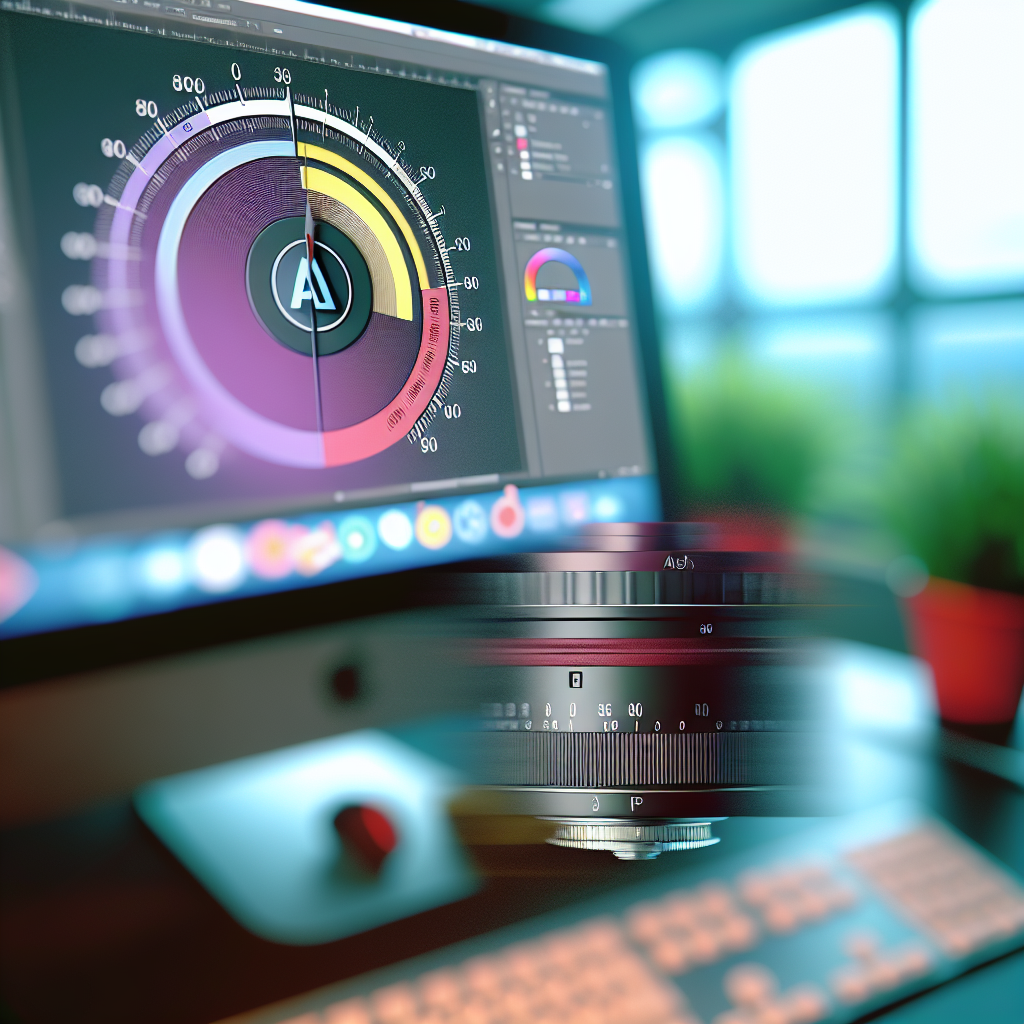Adobe Illustrator is an essential tool for designers, but over time, users often experience slow performance that hampers productivity. Improving the speed of Adobe Illustrator can significantly enhance workflow efficiency. In this article, we’ll explore effective strategies to make Adobe Illustrator faster, allowing you to work smoothly and efficiently on your creative projects.
Optimize Your System and Illustrator Preferences
One of the most impactful ways to speed up Adobe Illustrator is by optimizing both your computer system and the application’s settings. Illustrator heavily relies on your system’s RAM, processor, and GPU to run smoothly. To improve performance:
- Increase RAM allocation: Go to Preferences > Performance and adjust the memory usage slider to allocate more RAM to Illustrator if your system allows.
- Enable GPU Performance: In Preferences > Performance, turn on GPU Performance to leverage your graphics card for faster rendering, especially during zooming and panning.
- Adjust Cache Settings: Clear cache regularly and reduce cache size if your system struggles to handle large files.
- Disable unnecessary plugins and extensions: Extra plugins can consume resources, so disable those not in use.
Additionally, ensure your system’s graphics drivers and Adobe Illustrator itself are up to date, as updates often include performance improvements.
Streamline Your Workflow and File Management
A cluttered workspace and poorly managed files can significantly slow down Adobe Illustrator. To keep the program running smoothly:
- Organize your files: Use organized folders and avoid opening extremely large or complex files unnecessarily. Consider simplifying artwork by rasterizing complex effects or reducing anchor points.
- Use linked images instead of embedded: Embedding images increases file size and processing time; linking images keeps your AI files smaller and faster to handle.
- Limit visible objects and effects: Hide or delete unnecessary layers and objects when working on detailed sections. Turn off effects temporarily when editing to improve responsiveness.
- Optimize your workspace: Customize your workspace to include only necessary panels and tools to minimize system load and improve responsiveness.
Adopting these practices ensures that Illustrator runs efficiently, allowing you to focus more on your creative work rather than troubleshooting performance issues.
By optimizing system settings, updating drivers and software, and managing your workflow effectively, you can significantly improve Adobe Illustrator’s speed. These strategies will help you work more smoothly, save time, and enhance your overall productivity. With a faster Illustrator, your creative process becomes more seamless and enjoyable.
